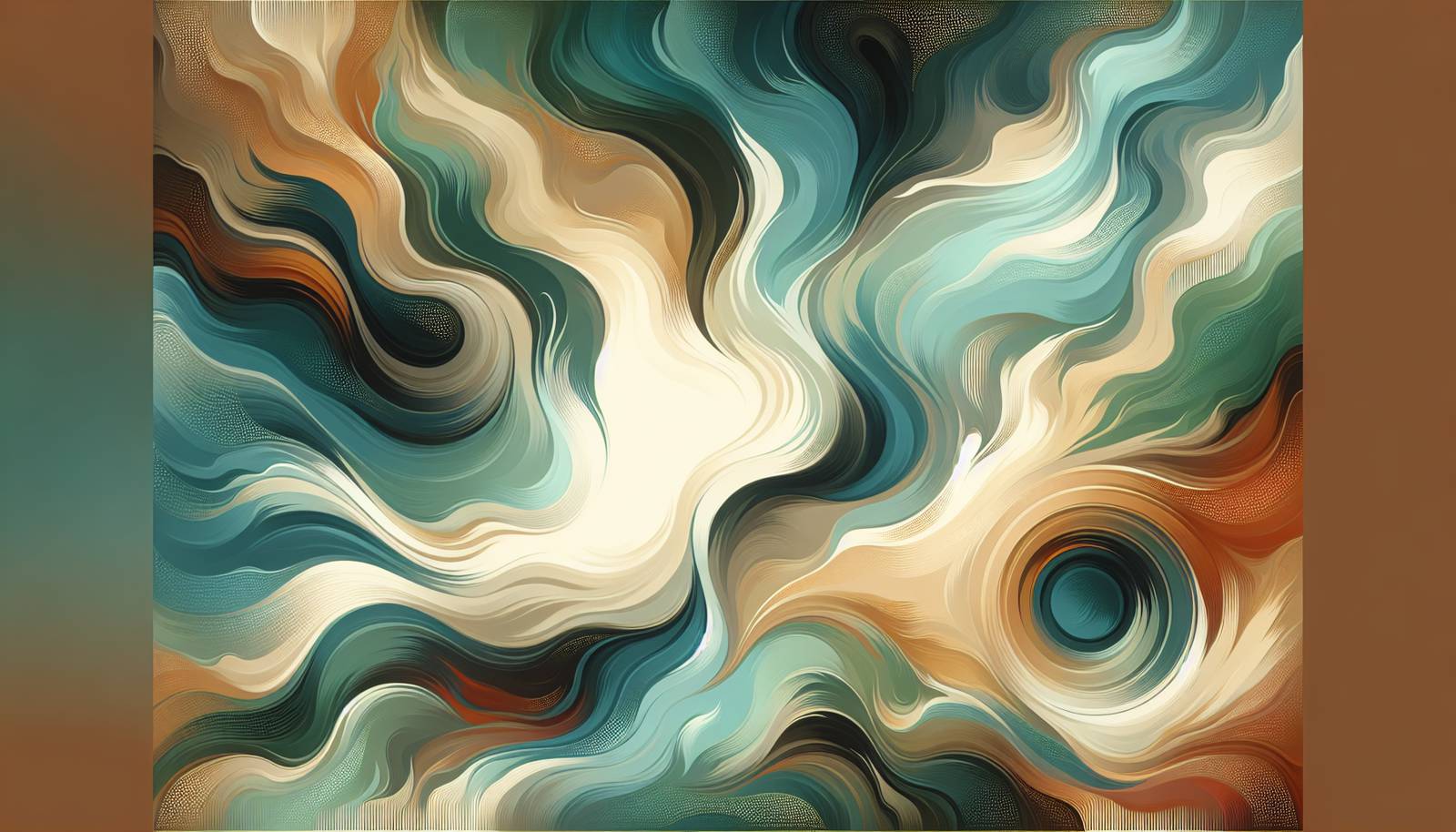
FAQ About The Role of Cinematic Color Theory

What is cinematic color theory?
Cinematic color theory is the study of how color influences and enhances storytelling in film. It involves analyzing the specific use of color palettes to evoke certain emotions, set the mood, and develop characters. This theory can be applied through various elements in a film such as lighting, costumes, set design, and color grading in post-production.

How does color affect storytelling in films?
Color affects storytelling by triggering emotional responses and guiding the audience’s focus. Different colors can symbolize various themes or traits. For example, red can denote passion or danger, while blue might evoke calmness or sadness. Filmmakers use color to cue the audience to feel a certain way or to foreshadow events.

Can you give examples of films that use color effectively?
Films like Schindler’s List, with its iconic red coat, or La La Land, known for its vibrant and dynamic color palette, demonstrate effective use of color. Another example is The Grand Budapest Hotel, which utilizes pastel colors to enhance its whimsical and nostalgic feel. Each of these films employs color to reinforce their narrative and emotional impact.

What role does color grading play in cinematic color theory?
Color grading is a post-production process that significantly impacts the visual tone of a film. It involves adjusting the color of a film to create a certain look or mood. For instance, a warm color grading can make scenes feel inviting or nostalgic, while cooler tones might be used to create a sense of detachment or foreboding.

How do filmmakers choose color palettes for their films?
Filmmakers select color palettes based on the story they want to tell and the emotions they wish to convey. The director and production designer usually decide on a specific palette after considering the film's themes, characters, and settings. The chosen colors can symbolize internal states of characters or reflect the film's larger narrative context.

What is the psychological impact of color in films?
Colors have significant psychological effects and can influence viewers' emotions and perceptions subconsciously. For example, warm colors like red and orange can incite feelings of excitement or tension, while cool colors like blue and green often evoke calmness or melancholy. By understanding these effects, filmmakers can manipulate color to subtly guide audience emotions throughout the film.

What is color symbolism in films?
Color symbolism involves using colors to represent larger ideas, themes, or character traits. For instance, green can symbolize jealousy or rebirth, while black often represents death or mystery. Filmmakers use color symbolism to add depth to their storytelling and convey complex ideas more effectively to the audience.

Are there any common color motifs in cinematic history?
Yes, certain colors frequently appear in films to convey specific motifs. For example, the color red is often used to symbolize love, danger, or power. Another common motif is the use of blue to represent isolation or serenity. These recurring color choices help audiences quickly interpret the emotions or themes the filmmaker wants to communicate.

How does color influence character development in films?
Color can be used to reflect a character's personality, emotional state, or transformation throughout a film. For instance, a character might start off wearing muted colors to represent a subdued personality, which gradually change to brighter colors as they grow more confident or evolve. This visual cue helps the audience understand the character's development without the need for dialogue.

What technological advances have impacted the use of color in films?
Technological advances, such as digital color grading software and improved film stock, have greatly enhanced filmmakers' ability to use color creatively. Tools like DaVinci Resolve and Adobe Premiere Pro allow filmmakers to refine their color palettes with precision, expanding the ways in which color can be used to enhance storytelling. Additionally, advances in digital projection have ensured that these colors are represented accurately on screen.

What is the difference between color theory and color psychology in films?
While color theory refers to the systematic use of color to convey messages in film, color psychology focuses on how these colors impact viewers on an emotional and psychological level. In essence, color theory looks at the "how" of using color, whereas color psychology examines the "why" behind audience reactions to those colors.

Can the use of color in a film influence its genre?
Yes, the use of color can strongly influence the genre interpretation of a film. For example, horror films often utilize dark, muted color palettes to create a sense of gloom and tension, whereas comedies may use bright, saturated colors to inspire an uplifting and energetic atmosphere. Consequently, color becomes a tool for filmmakers to align the visual aesthetics of a film with its genre.

How do color palettes affect the mood of a film scene?
Color palettes can drastically alter the mood of a scene by subtly influencing the viewer’s emotions. A scene dominated by warm colors such as yellows and oranges might feel cozy and inviting, while a scene with desaturated or cool colors like blues and grays could appear somber or tense. This use of color inherently shapes the audience’s perception and emotional response to a scene.

What training do filmmakers undergo to use color effectively?
Filmmakers often undergo formal education in film schools where they learn about color theory, art direction, and cinematography. Workshops and courses focused specifically on color grading and color design also play an important role in training filmmakers. Additionally, experience working on film projects provides practical insights into the effective use of color in storytelling.

Can the cultural context of colors affect their use in films?
Yes, cultural context can significantly affect how colors are perceived and used in films. Different cultures may associate different meanings with certain colors. For instance, white is often associated with purity in Western cultures, while it might be linked to mourning in some Eastern traditions. Filmmakers may adapt color choices based on the cultural background of their intended audience to ensure the desired emotional response.

How has the use of color in films changed over time?
The use of color in films has evolved from the early days of black-and-white, through the advent of Technicolor, to today’s digital color grading techniques. Initially, color was used sparingly due to technological limitations. As technology progressed, filmmakers began to explore more sophisticated and symbolic uses of color, employing it not just for aesthetic purposes but as a vital storytelling device.

Why might a filmmaker choose a monochromatic color scheme?
A monochromatic color scheme can be used to create a unified and consistent visual style that highlights particular themes or emotions. It may also focus the audience’s attention on the narrative and characters rather than the visual complexity. Films like Schindler’s List effectively use monochrome with occasional color highlights to draw focus and enhance emotional impact.

What is a color script, and how is it used in film production?
A color script is a visual plan that outlines the color scheme for each scene or sequence of a film. Developed during pre-production, it helps filmmakers strategize the color design that supports the narrative and mood throughout the film. It acts as a blueprint that ensures color consistency and alignment with the emotional arcs of the story.

What are some challenges filmmakers face when using color theory?
Some challenges include maintaining consistent color grading across different scenes, ensuring that the chosen color palette supports the narrative, and considering how colors will appear on different viewing platforms. Filmmakers must also work within budget constraints and manage the audience’s perception of culturally loaded color meanings, which can complicate their color choices.

Can color theory be applied to other visual media besides film?
Absolutely, color theory is applicable across various visual media, including photography, television, theater, and even video games. In these mediums, color is also used to evoke emotions, provide depth to storytelling, and create immersive environments. The principles remain consistent, though their execution might differ based on the medium's unique characteristics and audience expectations.
